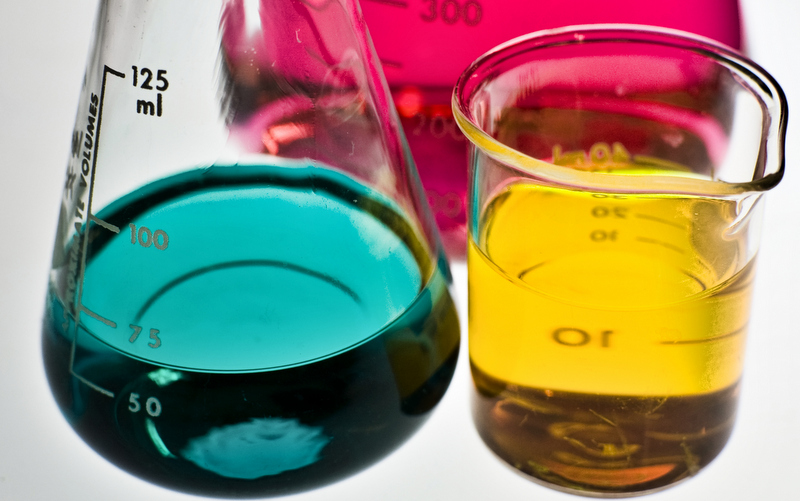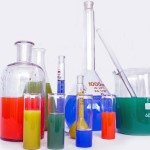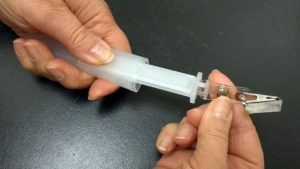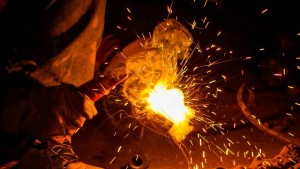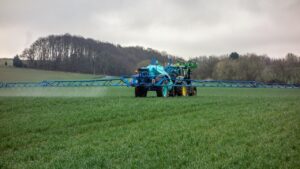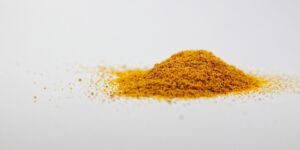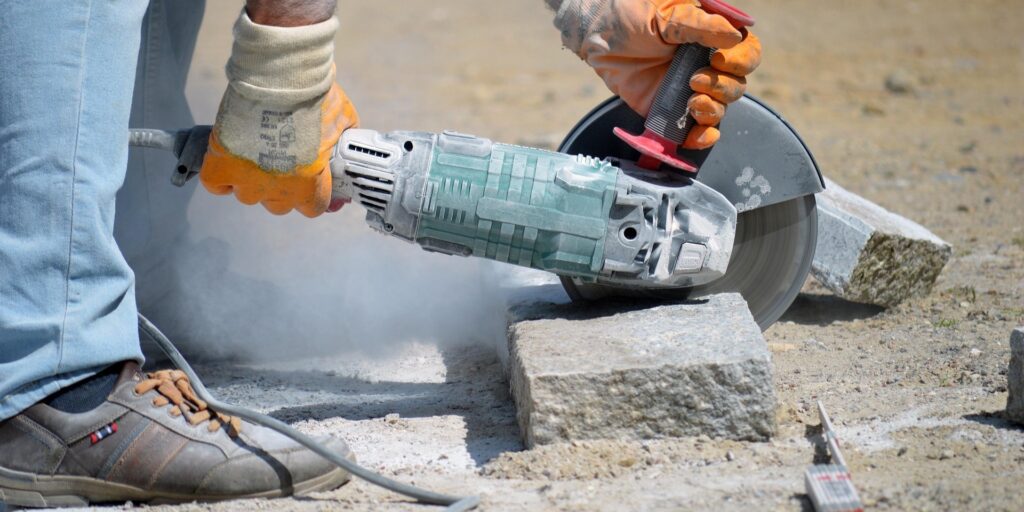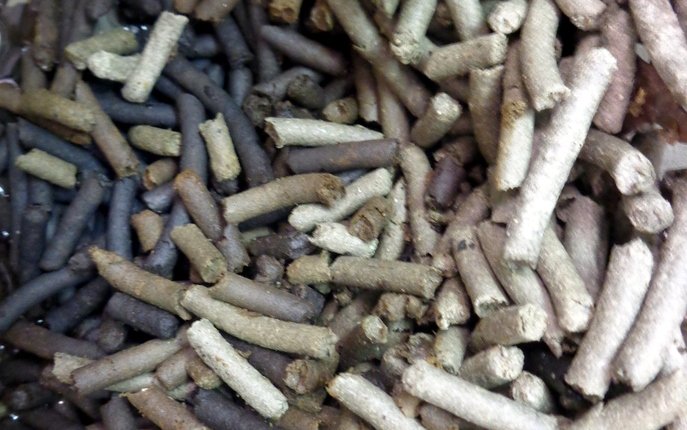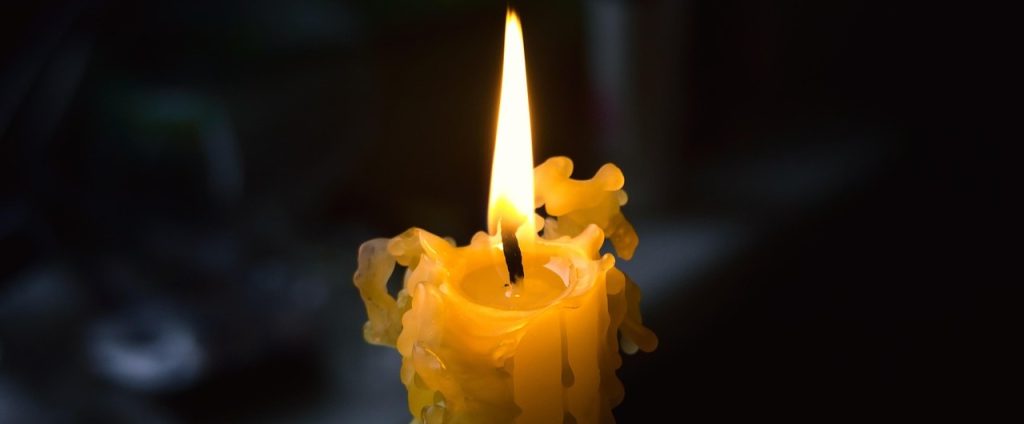Uncontrolled contamination of laboratory spaces can have serious consequences for both safety and health. When volatile solvents, acids, or gases are released into the air due to improper storage, power outages, or ventilation failures, the risk to laboratory occupants increases exponentially. Exposure to these chemicals can lead to respiratory irritation, chemical burns, long-term health issues like cancer, and even explosions or fires in extreme cases. Persistent odours and undetected contamination jeopardize the safety of laboratory personnel.
To address these risks, LCS Laboratory Inc. offers an easy and effective solution: our air sampling kit. This kit enables you to collect air samples from your facility, which can then be returned to our laboratory for professional analysis. With our expert testing services, you’ll gain actionable insights into the air quality of your laboratory, helping you to identify and eliminate hazardous exposures.
Common Sources of Airborne Contaminants in Laboratories
Laboratory environments often contain thousands of chemicals. While testing for every compound is impractical, we focus on the most common and hazardous categories of contaminants:
- Volatile Solvents
- Examples: Acetone, acetonitrile, isopropyl alcohol (IPA), dichloromethane, and hexane.
- These compounds are often responsible for odours and can significantly impact air quality.
- Volatile Acids
- Examples: Hydrochloric acid (HCl) and nitric acid.
- These chemicals can cause corrosion of surfaces and are dangerous when inhaled.
- Bases
- Example: Ammonia.
- Often found in alkaline solutions, ammonia can be a significant contributor to odours and respiratory irritation.
- Oxidizing Agents
- Examples: Hydrogen peroxide and bleach (which emits chlorine and chlorine oxide).
- These substances can exacerbate odour issues and pose a risk of chemical reactions in the air.
- Volatile Carcinogens
- Examples: Benzene and formaldehyde.
- Benzene is used as a reagent of solvent , while formaldehyde can also off-gas from laboratory furniture or be used directly in chemical processes.
How LCS Laboratory Can Help
Our air sampling kit simplifies the process of testing your lab’s air quality:
- Convenient Sampling: Collect air samples directly from your laboratory, including from storage cabinets, workstations, and affected areas.
- Comprehensive Testing: We analyse your samples for specific chemicals or broader categories like total volatile organic compounds (TVOCs).
- Expert Insights: Identify the sources of odours, verify containment practices, and ensure compliance with safety standards.
Take the First Step Toward a Safer Laboratory
Don’t let volatile chemicals compromise your workplace. Contact LCS Laboratory Inc. to request an air sampling kit and start protecting your team today. Collect your samples, send them to our facility, and receive expert analysis tailored to your needs.

